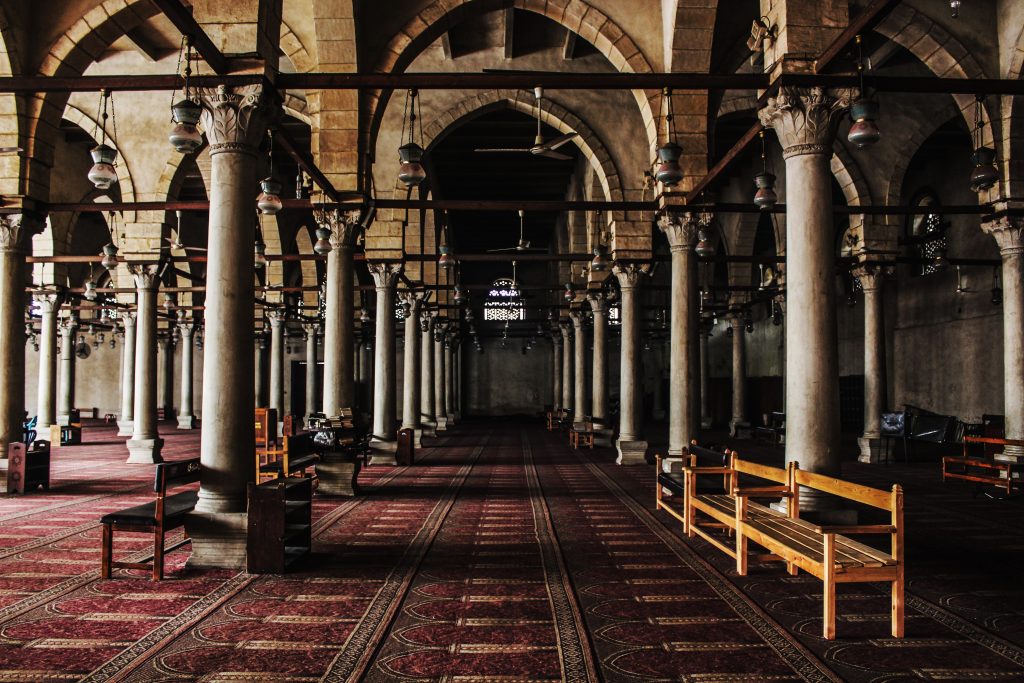Cairo is chaos at its most magnificent, infuriating and beautiful. From above, the distorted roar of the muezzins’ call to prayer echoes out from duelling minarets. Below, car horns bellow tuneless symphonies amid avenues of faded 19th-century grandeur while donkey carts rattle down dusty lanes lined with colossal Fatimid and Mamluk monuments.
admin
11 April 2018
No Comments
on the edge of Islamic Cairo, holds one of the world’s finest collections of Islamic art and is Egypt’s (and one of the entire Middle East’s) most beautifully curated museums. What’s on display is only a sliver of the 80,000 objects the museum owns, but the selected items are stunning. The museum was heavily damaged in January 2014 in a car-bomb attack on nearby police headquarters but after extensive renovations was finally reopened in early 2017.
OUR LATEST TOURS
To the right as you enter are architectural details – frescoes, carved plaster so fine it looks like lace, an intricate inlaid-wood ceiling – and ceramics grouped by dynasty. A surprising amount of figurative work is on view, and not all of it strictly Islamic – a shard of an Ayyubid bowl shows Mary holding a crucified Christ. To the left, pieces are grouped by function and medium: medical tools, astrolabes, some breathtaking carpets, illuminated Qurans, and even headstones.
The museum is 500m due west from Bab Zuweila. Coming from Midan Ataba, the museum is 700m southeast, straight down Sharia Mohammed Ali.

SPECIAL GUEST
The 2nd- to 5th-century funerary stelae from Kom Abou Billou clearly show the transition between Pharaonic and Coptic art, with the first crosses shaped like the ankh, key of life. The 4th- and 5th-century sculpture equally marks this transition, where Christian symbolism was influenced by Graeco-Roman mythology as well as older Pharaonic subjects. Rebirth through baptism of water is suggested by Aphrodite emerging from the waters on a seashell. Look out for the wonderful 7th- to 8th-century work of three mice asking a cat for peace. In Egypt the depiction of animals behaving like humans dates back to 1500 BC.
Upstairs are two large rooms with exquisite 4th- to 7th-century Coptic textiles, woven and embroidered, and a room with the Nag Hammadi manuscripts, the primary source for Gnosticism, and the oldest book of psalms in the world, the Psalms of David, with two original wooden covers.
OUR AGENCY
![]() Services
Services
![]() Insurancee
Insurancee
![]() Agency
Agency
![]() Tourism
Tourism
![]() Payment
Payment
PARTNERS
![]() Booking
Booking
![]() RentalCar
RentalCar
![]() HostelWorld
HostelWorld
![]() Trivago
Trivago
![]() TripAdvisor
TripAdvisor
LAST MINUTE
![]() London
London
![]() California
California
![]() Indonesia
Indonesia
![]() Europe
Europe
![]() Oceania
Oceania



